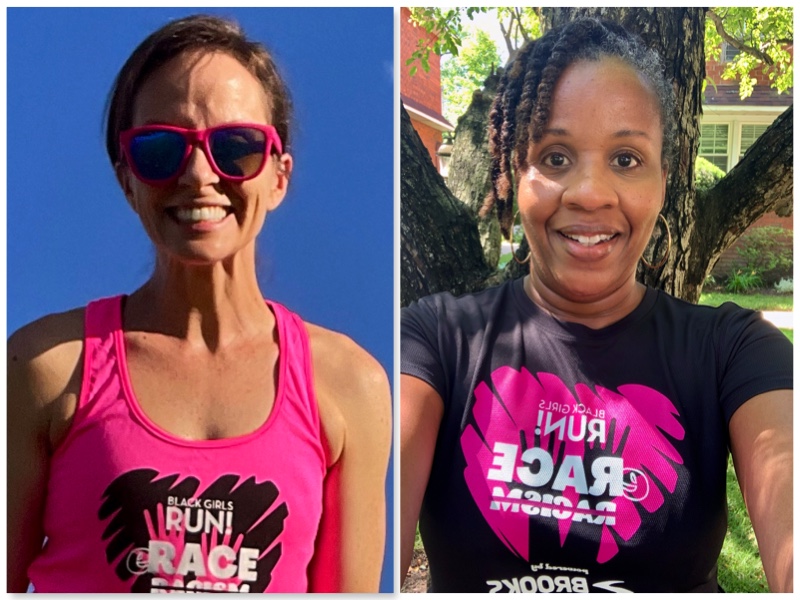Jul 2, 2021
Piriformis Syndrome: A Literal Pain in the Butt
Some runners manage to remain injury-free throughout their running careers. Others aren’t so lucky. I have suffered and recovered from shin splints, and recently, I’ve been suffering from pain in my right butt cheek. The pain occurs when I run and when I don’t. The technical term is piriformis syndrome, and it’s a literal pain in the a$%!
I completed the BGR! eRace Racism event last month. It was my first time. I love making new connections, so it was a no-brainer to have a race partner selected for me. I was super excited to find out who would be tackling 50 miles with me. To my delight, I was paired with Tiffanie, a bubbly, uber Star Wars fan, wife, mom of two, and physical therapist, originally from Texas but currently living in Las Vegas.
Before the official start of the race, Tiffanie and I got to know each other through email. She began running following the American Heart Association’s “How to Start Running” plan, which was very similar to the training plan I used in the Couch to 5K app. She’s been running for 25 years, has completed ten marathons, at least 15 half marathons, and several other shorter distance races. Until last year when she sustained a tibial stress fracture, Tiffanie managed to elude injury. She’s slowly getting back to running but not strong enough yet to run longer distances.
Since Tiffanie is a physical therapist, I decided to tap into her professional knowledge about my recent run-in with piriformis syndrome.
“Injuries are no fun, especially when you see the benefits are from increased physical activity,” said Tiffanie. “Piriformis Syndrome can be caused due to the shortening or a spasm in the piriformis muscle. Or it could be due to overuse of the piriformis muscle due to weakness in other areas like the gluteals. One important thing to keep an eye on is radiating pain. If you feel a sharp or shooting pain down your leg, that typically means the sciatic nerve is being compressed. No one wants nerve damage. If this is happening, see your doctor as soon as possible.”
Most of the time, patients need to work on hip extension, abduction, and external rotation strengthening. This is common in runners who do not cross-train. It is essential to work on isolating the muscles used in these planes of motion: gluteus maximus, gluteus medius, and hamstrings. When these muscles are weak, the piriformis muscle works extra hard to stabilize the hip. This muscle is not meant to carry the load, so this leads to injury.
So how do you treat this royal pain in the butt? Tiffanie suggests starting with a few simple strengthening exercises. “Some simple exercises to start with are bridges in the supine position, squats with a resistance band, and single limb eccentric squats. As you get stronger, you can progress to weighted squats, lunges then plyometrics. So, build that booty! Having a strong backside is incredibly important for maintaining a healthy runner’s body.”

By: Danielle Barnes – @dannibsays (IG) @dannib413 (Twitter)
Danielle Barnes is a freelance writer based in Montclair, NJ. She earned a Bachelor of Arts degree in Public Relations from Wayne State University. Her superpower is her ability to captivate audiences with her words whether it’s in person or on paper. Danielle enjoys devouring a good book, volunteering for causes she’s passionate about, staying active, and traveling the globe to see the world in all its glory.

